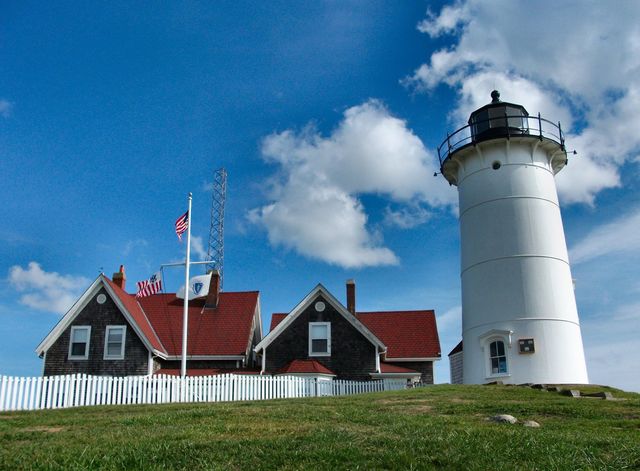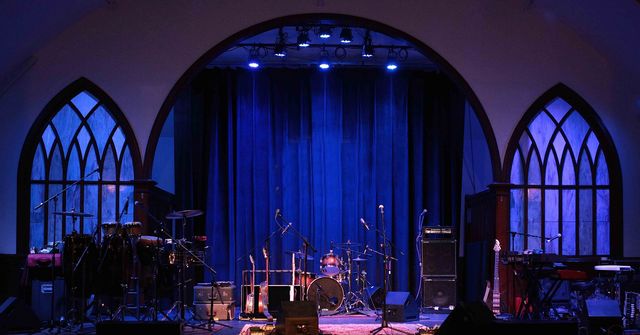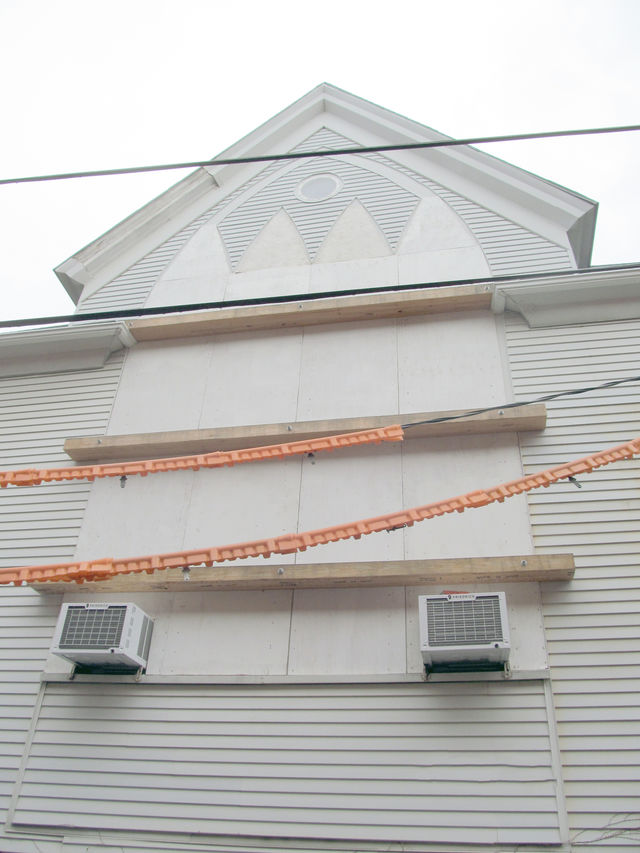

Historical structures represent a community’s cultural tie for all generations; from early settlers to the present day. Family homesteads, meeting houses, workshops, factories, and nautical structures, built prior to the 20th century, portray the environmental landscape and daily life of our ancestors and provide a vital link to our past and an anchor point for our future. It would be fitting, therefore, that the protection and preservation of historical structures is a heart-felt, personal, and community-wide responsibility. An effective means of historic preservation is “adaptive reuse” whereby older buildings are given new life by converting them to alternative uses such as offices, libraries, and community centers.

Adaptive reuse example Coastal Engineering Co. is currently working on: 1876 Nobska Light keeper’s house is being repurposed into a Maritime Museum.
The Massachusetts Historic Commission is a steward of our local heritage and, since its establishment in 1963, has worked to identify, evaluate, and protect the significant historic and archaeological assets of the Commonwealth. Our local preservation community is strong and includes townspeople who are passionate about protecting our heritage. Historical restoration projects are brought to life by a preservation team that generally includes people personally connected to the structure, like parishioners of a church; building committees; design professionals such as architects and engineers; building code officials and regulatory compliance experts; and a construction team.
Working with historic construction involves careful balance of modern engineering principles with traditional construction methods to meet established preservation objectives. When working with a historic structure, there is a dual effort to meet public safety requirements to protect life and property and to respect the original design and intent of the original architects and craftsman who were involved with the original design and construction. Preservationists follow a series of basic principles that are used to guide restoration efforts. Following these guidelines as delineated in the Department of Interior's Guidelines, engineering efforts to assess the existing structure follow these basic guidelines:
Often the most challenging concept for engineering design, because of the innate desire for conservative structural design, the principle of minimal intervention seeks to "do no harm" to the structure by overzealous efforts to upgrade structural systems to meet modern building code requirements. Stabilization and strengthening schemes should hold paramount life safety imperatives without compromising the original historic fabric by minimizing changes to the structure's materials and appearance, while retaining as much of the existing materials as possible.
Stabilization efforts must be physically and aesthetically compatible with the original building materials and design concept. New materials must be chosen for compatibility with existing materials to match physical and mechanical properties such as strength, stiffness, porosity, density, vapor transmission, thermal conductivity, etc. Materials compatibility will assure consistent performance and response to applied loads and environmental conditions.
When required to meet minimum life safety code requirements, the most appropriate structural interventions must be designed to be reversible, that is to say may be removed in the future without major compromise to the historic building fabric and to not interfere or prevent future efforts to maintain the building.
At the state level, certain criteria must be met for an historic structure to qualify for any type of funding from the Massachusetts Historic Commission. Many of the funding programs have requirements that must be met when upgrading and replacing critical building systems. Of particular concern to state-funded projects are accessibility, structural stabilization, and safety concerns. Building Code Chapter 34 allows for important safety upgrades without requiring full compliance with current building codes. The 8th Edition State Building Code carries on the tradition of previous Massachusetts code editions giving special dispensation to historic structures through relief from strict conformance with new code requirements provided that basic life safety code provisions are incorporated into the project.
Case Study: Spire Center for Performing Arts

The 225-seat Spire Center performance hall features superior acoustics, custom state-of-the-art lighting and sound systems, and original period architectural details.
It is not uncommon for historical structures to create an opportunity for creative engineering, and the Spire Center is no exception. Located about a block away from Plymouth Bay, the Spire has seen its fair share of the infamous Nor’easters that New England has to offer. Built in 1886 as a Methodist Church, the Spire has withstood seasonal beatings for about 130 years. The age can be seen within the traditional post- and-beam construction, and so can the damage. From out-of-plumb walls to popping off of trim, the character of the building started to become a significant structural problem. The initial work performed on the structure was to temporarily stabilize the window walls against further buckling. The damage was caused by a combination of thrust forces from the rafter eaves in significant snow load scenarios and the dynamic suction and positive pressure from the wind acting on the wall.

The initial work performed on the Spire structure was to temporarily stabilize the window walls against further buckling.
Once the temporary braces were installed, the attic framing was augmented to increase the capacity of the structure and redirect the load path to minimize the thrust loads that had been crippling the window walls below. The augmentation was performed by creating field built trusses in the attic and resolving the thrust loads into new steel tension rods that are hardly noticeable in the auditorium below.
Along with stabilizing the structure, a new limited use-limited application elevator shaft was installed to abide by ADA (American Disabilities Act) standards and create a more accessible structure. The next phase of the project will be to remove the temporary window wall bracing and install a more permanent solution.
“John brings sensitivity and an appreciation of historic buildings and is responsive, helpful and approachable”
I sincerely recommend Coastal Engineering for any structural engineering project. As an engineer for the project since its inception, Mr. John Bologna has designed a complicated foundation support plan, conceived and executed a complex restructuring and rebuilding plan for six massive columns and bases, and proved his with his design to support our failing roof with affecting its historic elements. John brings sensitivity and an appreciation of historic buildings and is responsive, helpful and approachable. His professionalism and working style have impressed all of the members of the board of directors.
If you enjoy the historical structures and landmarks that call Cape Cod home, inquire about protection and preservation efforts that may be in the works. If the structure calls for repair, generate conversation with friend and colleagues and around town with community members. With community support, fundraisers, and specialized design and construction teams, you may have a historical preservation project underway. Coastal Engineering Co., Inc. has more than 40 years of experience of historic preservation experience and will be happy to help you navigate the planning process. Contact us to get started!